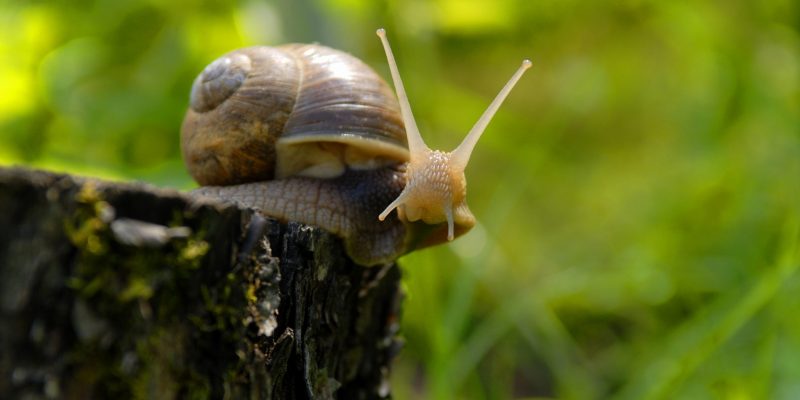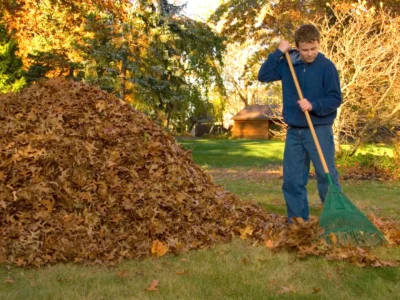Your garden can be a hobby, but there are two major things that tend to threaten your garden. Snails and not having the finances to support this hobby. Be sure that you can combat both these issues with some tender loving care .
There is a common problem that many people who have gardened or attempted to do so in the past come across. Sometimes people get snails in their garden, it’s just a fact, and many people do not know how to deal with this issue, despite there being many ways to go about solving it. Be sure that you can tackle this problem if and when it arises.
Some of the most common ways don’t take any special tricks into account. It can be very easy to remove snails from your garden with some items you can buy at the local gardening shop or items you may already have in your home. Below is a litany of ways that you can remove snails from your yard, easily and effectively. There are many options listed because no one way is the right way and not everyone has the necessary materials at hand and does not want to dole out the money for it.
One of the ways you can get rid of snails is to remove the snails one by one by hand. This can be tedious and a lot of people, understandably, do not have time to pick up each and every snail that has invaded their garden. Unless you have spare time to do this, this method is not recommended and the success rate is quite low, seeing as it will be likely they’ll just come back later.
Create fence barriers against the snails in a variety of ways that can keep them off the garden. There’s a lot of material you can use such as abrasive gravel, sharp eggshell fragments, diatomaceous earth, or rough wood chips. Anything with a rough edge will do. Rough edges will hurt their undersides so they won’t come again.
Adding a fence around your garden can be more helpful than you can imagine. The barrier alone can deter any number of snails and slugs crawling into your plants and feeding on the leaves, causing devastating damage. Also, clear ground cover to keep them from coming into your garden, you don’t want them feasting on stuff you left behind. Remove moist, decaying debris from around your yard and garden so that they don’t get this chance as well as the mulch of oak leaves.
Another handy method is to make a beer trap. A beer trap is as it sounds, which might sound crazy but it is certainly effective in keeping the slugs and snails in your garden at bay. Simply take a shallow dish, or even go so far as to cut off the bottom part of a beer can and put beer in it. Soon the snails and slugs will be drawn to the smell of beer. Despite them liking the smell, it will trap them because the liquid will make it impossible for them to move. Once they are trapped you can dispose of them in whatever way you see fit.
If you don’t like using chemicals to get rid of pests you can use any number of natural insect repellent spray. These should be available at your local store or feed market.
Sprinkle Food-Grade Diatomaceous Earth
Using citrus is another great way to get rid of mollusk pests. Get a lime, grapefruit, lemon or orange that you can spare, cut it in half, and set it in the garden.
Introducing a snail’s natural predator is another way you can cease those snail visits, but this can be tricky since many of these predators are wild animals such as: birds, snakes, lizards and other relatively small carnivores. Getting chickens into your yard can really help too since they are also natural predators and if you have a lot of land space in your yard, you can get some eggs out of the chickens as well.
Watering your garden in the morning can be a great way to get rid of the mollusc problem. This is because slugs prefer to slither on wetter soil. It may not be intuitive, but if you get the soil moist in the morning, it will dry up during the day and when the slugs come at night, the surface will be rough and they won’t want to go on it.
Coffee is a great way to get rid of pest slugs and snails. If you spray them with cold coffee, it will actually kill them. Be sure to really douse them since it takes quite a bit to drown them with the cold coffee. Sprinkling your leftover coffee grounds is a great idea too since the acidic nature of the coffee is a major turn off for slugs and snails.
Planting certain plants can keep away slugs. Planting what is known as “sacrificial plants” is one way. The idea is to plant ones that you don’t mind slugs eating up and infesting, once they are finished you can dispose of the plant and not have to kill the slugs. Certain plants are a great way to naturally deter slugs. Plant marigolds away from your garden so that they will be attracted and move away. Add Mint to Your Soil and Nearby, Plant Rosemary or Thyme Bushes to keep them away. Some unnatural methods include using iron phosphate bait to kill the snails. Using a molluscicide containing ferric sodium EDTA can also kill snails quickly.
There are less conventional, but useful ways of containing your slug problem. Using recycled wool waste pellets is a good start. Using this shoddy, wool waste is great because it can be environmentally friendly. The wool waste pellets are a by-product of the wool manufacturing process. This is turned into pellets that you spread around the plants as a barrier and since it is rough, the slugs will not go near it. The pellets will degrade over time and become plant food. Nematodes are a surprising defence against slugs as well since they are natural predators to slugs. They often infiltrate a slug and kill it with an infection. The last item that can help your slug problem is wheat bran or corn bran. If a slug ingests this stuff, it causes desiccation and death.










Comments